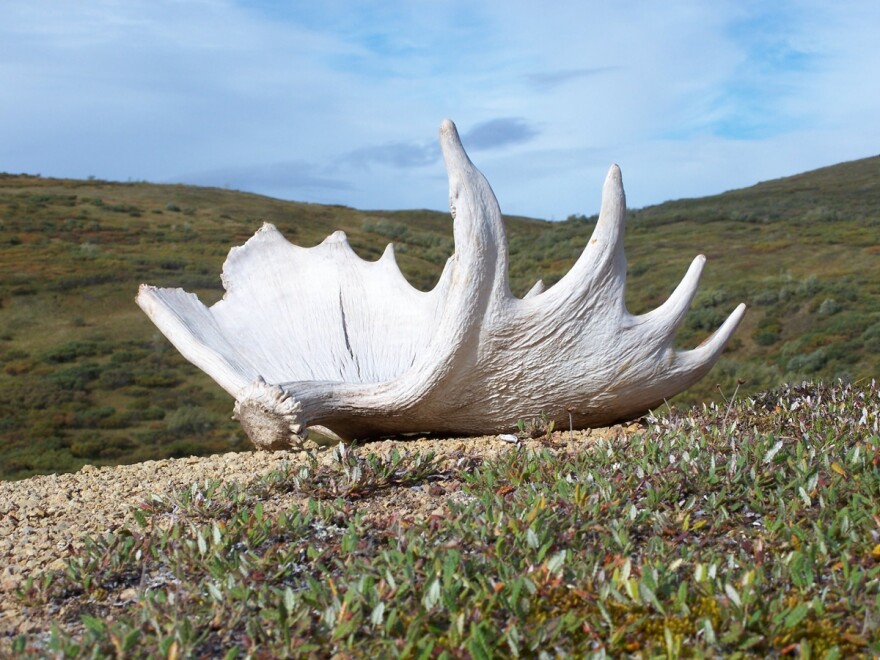Have you wondered how to tell horns apart from antlers? Today's episode explains:
Horns and antlers have some important things in common. They both grow from an animal’s forehead and are used to assert dominance, provide defense, and attract mates. It can be easy to mix them up. But today we’re going to give you some simple ways to tell which is which.
First of all, look is important. Horns look like daggers, sometimes twisted into exotic shapes, while antlers look like branches with multiple points.
Second, different types of animals sport different types of headgear. Horns belong to the bovids, animals such as sheep, goats, cows, and bison. Antlers belong to the serbids, that includes all deer, elk, moose, and caribou or reindeer.
Three, horns are made of keratin, just like your fingernails, which means they grow throughout an animal’s whole life and never fall off. Antlers, on the other hand, are made of bone. They fall off every year in winter or early spring and a whole new set grows in time for mating season in the fall.
Which brings us to our last big difference: horns, you see, usually grow on both the male and female members of a species. Antlers belong almost exclusively to the boys, with female caribou as the only exception, and their antlers are pretty small.
So there you have it, horns versus antlers. Just remember: daggers versus branches, bovids versus serbids, keratin versus bone, both sexes versus just the guys. You’ll never mix them up again.
Read More
Y: Today’s moment of science is all about animal headgear.
D: That’s right, we’re talking about horns and antlers.
Y: And how to tell them apart!
D: Horns and antlers have some important things in common. They both grow from an animal’s forehead and are used to assert dominance, provide defense, and attract mates.
Y: It can be easy to mix them up. But today we’re going to give you some simple ways to tell which is which.
D: Here we go!
Y: First of all, look is important. Horns look like daggers, sometimes twisted into exotic shapes.
D: Antlers look like branches with multiple points.
Y: Second, different types of animals sport different types of headgear. Horns belong to the bovids, animals such as sheep, goats, cows, and bison.
D: Antlers belong to the serbids, that includes all deer, elk, moose, and caribou or reindeer.
Y: Three, horns are made of keratin, just like your fingernails, which means they grow throughout an animal’s whole life and never fall off.
D: Antlers, on the other hand, are made of bone. They fall off every year in winter or early spring and a whole new set grows in time for mating season in the fall.
Y: Which brings us to our last big difference: horns, you see, usually grow on both the male and female members of a species.
D: While antlers belong almost exclusively to the boys. Female caribou are the only exception, and their antlers are pretty small.
Y: So there you have it, horns versus antlers. Just remember: daggers,
D: Versus branches.
Y: Bovids,
D: Versus serbids.
Y: Keratin,
D: Versus bone.
Y: Both sexes,
D: Versus just the guys.
Y: You’ll never mix them up again.
D: This moment of science comes from Indiana University.
Y: There are hundreds more moments of science at our website at amomentofscience.org, where you can also view videos and sign up for podcasts. I’m Yaël Ksander.
D: And I’m Don Glass.

